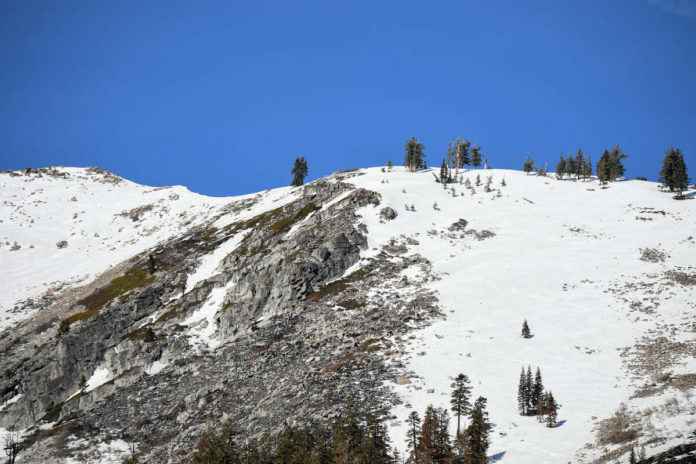California’s winter snowpack is suffering after the state saw historically dry weather in January and February, and March is headed down the same track. An early spring heat wave this week brought record-breaking temperatures that accelerated snowmelt. On Friday, the snowpack — which historically has provided about a third of the state’s water supply — stood at 46% of its average for this time of year.
The picture is bleak: Recent analysis of the snow in areas feeding into the state’s key watersheds showed that “the snow has been roasting in the dry and sunny conditions for a while and is clearly melting,” said David Rizzardo, chief of hydrology for California’s Department of Water Resources.
Rizzardo said the finding came after aircraft with the Airborne Snow Observatory mission collected data on snowmelt in the Feather, Tuolumne and San Joaquin watersheds, finding shrinkage from early February to late March. “From these analyses, we also get an idea for the cold content of the snow, or how much energy it takes to melt the snow,” he wrote in an email. “The lower the value, the less (solar) energy it takes to melt the snow.”





